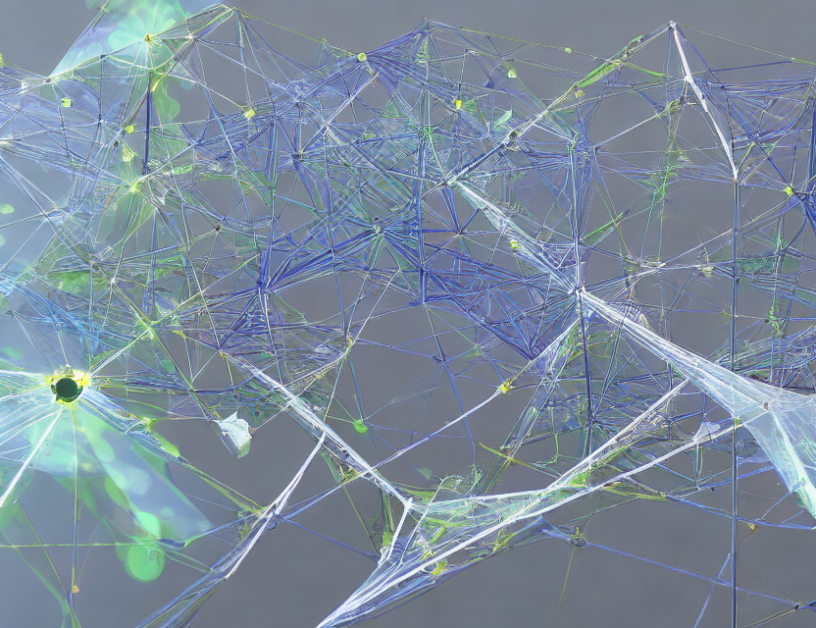In this paper, we propose a new cryptographic primitive called "Obfustopia," which is designed to protect against piracy in the era of quantum computing. The threat model assumes that an adversary can adaptively query for both classical and copy-protected functional keys. At the end of the first query phase, the adversary produces challenge messages and a certain number of registers (freeloaders), each containing a random value. These challenge messages are then given to the challenger, who presents them with a challenge ciphertext. Finally, after receiving the challenge ciphertexts, the freeloaders can query for more keys and output their guess at the end.
Our security model is based on the assumption that the adversary’s computational power is limited by the number of queries they make. By using a combination of quantum random functions and secret-key functional encryption, we construct an obfuscating scheme that makes it difficult for the adversary to distinguish between the original and the encrypted messages. This ensures that even if the adversary can adaptively query for both classical and copy-protected keys, they will not be able to pirate the encrypted data.
To understand how this works, let’s consider an analogy with a treasure hunt. Imagine that the encrypted data is like a treasure chest, and the adversary is trying to find the key to unlock it. In this scenario, we want to make sure that even if the adversary can ask for clues about the location of the treasure (i.e., the classical keys), they will not be able to find it easily (i.e., pirate the data). To do this, we use a combination of quantum random functions and secret-key functional encryption, which makes it difficult for the adversary to determine the location of the treasure (i.e., the encrypted data) without the correct key.
In summary, Obfustopia is a new cryptographic primitive that provides protection against piracy in the era of quantum computing. By using a combination of quantum random functions and secret-key functional encryption, we make it difficult for the adversary to distinguish between the original and the encrypted messages, ensuring that even if they can adaptively query for both classical and copy-protected keys, they will not be able to pirate the encrypted data.
Computer Science, Cryptography and Security
Quantum Obfuscation and Encryption: A Comprehensive Review



